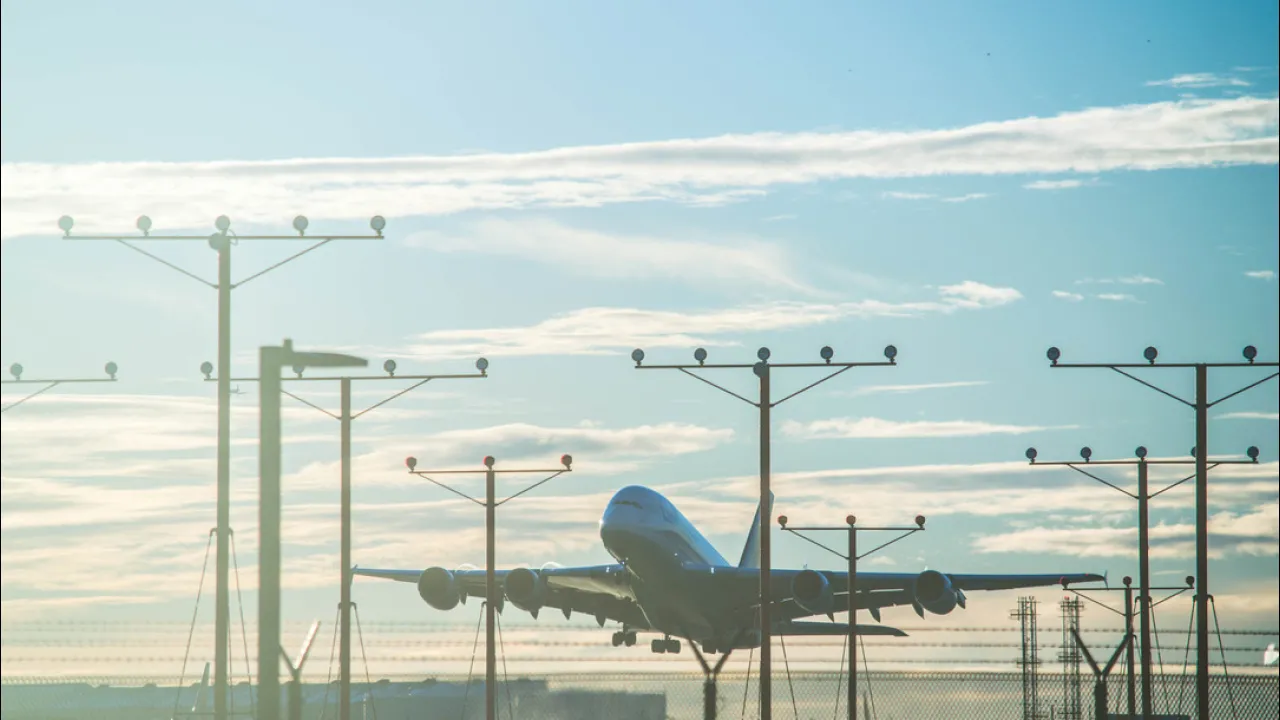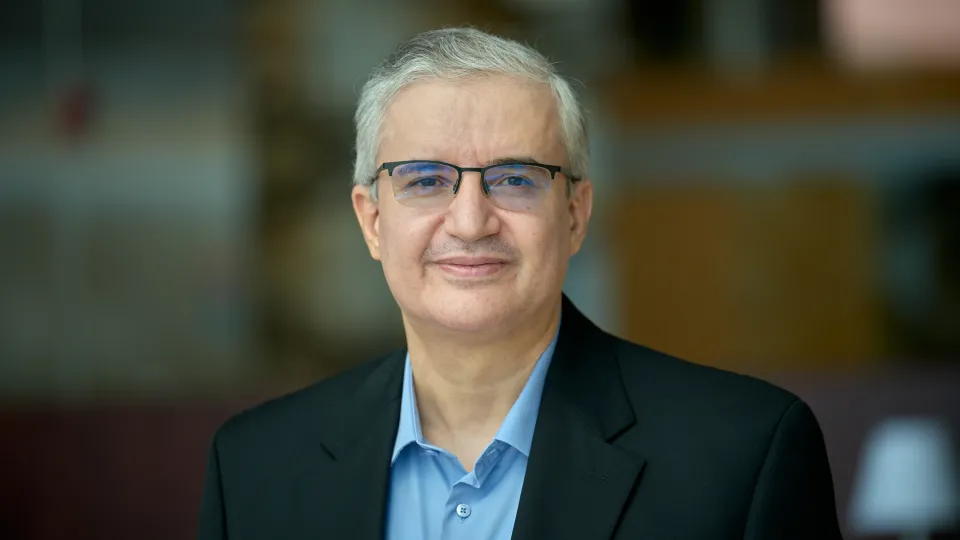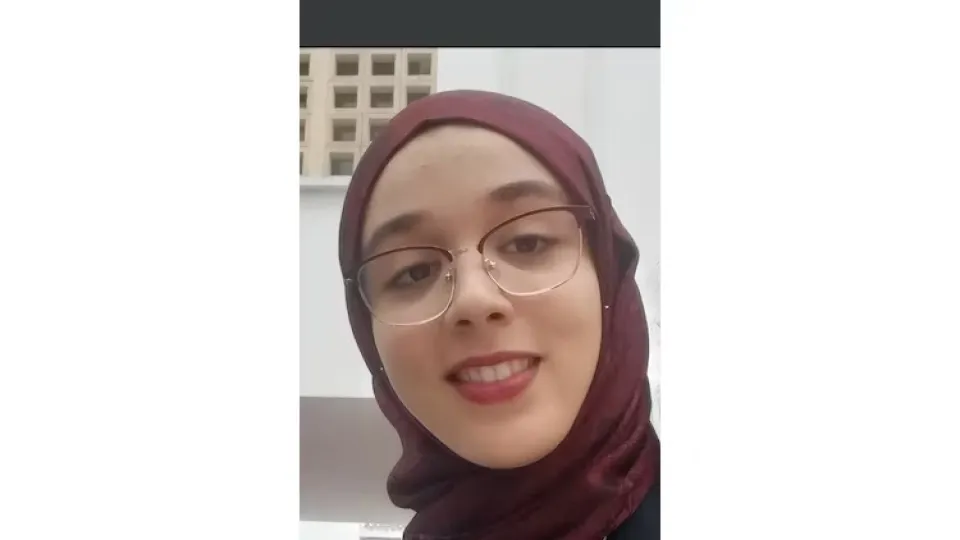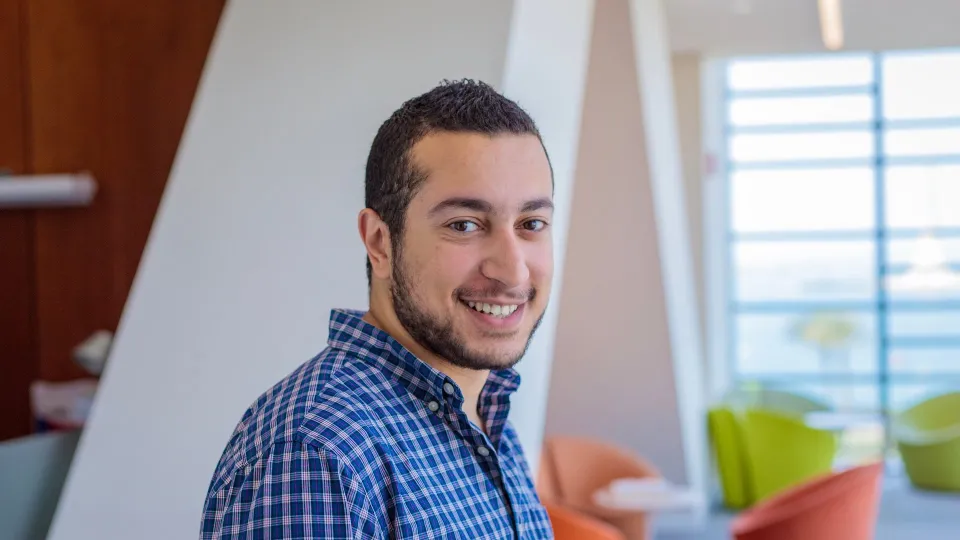
KAUST scientists use new mathematical approach to protect aircraft from 5G interference
Study offers first application of stochastic geometry for the safe deployment of 5G towers around runways
About
Researchers at King Abdullah University of Science and Technology (KAUST) provide a new mathematical approach to protect aircraft from interference caused by mobile communications. The solution, published in IEEE Transactions on Wireless Communications, describes the shape of the ideal exclusion zone that protects aircraft while maximizing 5G performance. This zone is expected to inform aviation regulators and telecom authorities on how to deploy 5G networks around air traffic.
This is the first time that stochastic geometry – a mathematical method used to model randomly placed network elements – has been applied to predict how 5G signals interact with aircraft radio altimeters.
Data is transmitted as electromagnetic waves across specific frequency bandwidths. The wider the frequency bandwidth, the faster data is shared. 5G operates at the widest frequency bandwidth yet, allowing us to transmit more data at faster rates. However, some bandwidths become problematic with other systems.
"5G operates near the same bandwidth as aircraft radio altimeters. This can interfere with the altimeter signal, which means we need to have exclusion zones where the interference is minimized," explained KAUST Professor Mohamed-Slim Alouini, who led the study.
Radio altimeters are the sensors on aircraft responsible for monitoring the aircraft's height over terrain and obstructions. Their signals are critical for takeoffs and landings as well as flying at low altitudes or with low visibility. Minimizing interference with their signal transmission is a priority for air safety, much like how passengers are asked to switch their electronic devices to "airplane mode" when boarding a plane.
5G, however, risks the highest level of interference yet and has already caused many flight cancellations. The solution, proposed by Alouini's Ph.D. student Safa Khemiri and former postdoctoral researcher, Mustafa Kishk, who is now an Assistant Professor at Maynooth University (Ireland), is to deploy exclusion zones. Inside these zones, 5G towers operate only over lower frequency bands, relying on existing spectrum rather than newly allocated higher frequency bands.


